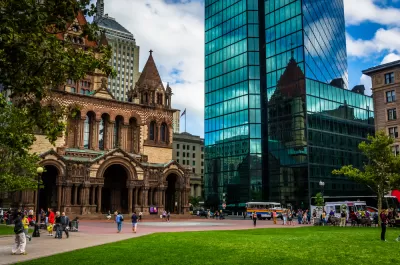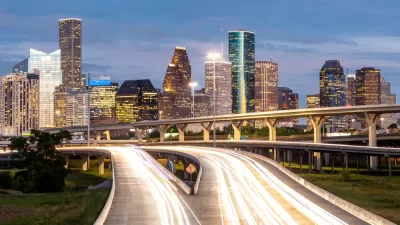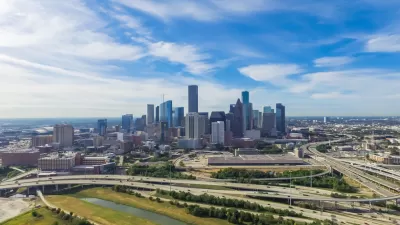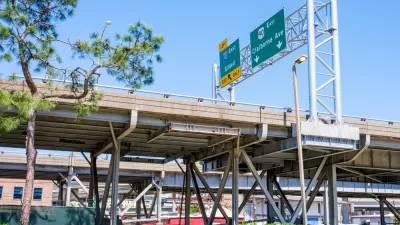Fifty years ago, Governor Francis W. Sargent nixed a proposed expressway and set in motion a transportation future for Boston that would be remarkably different from many other U.S. cities.

In an article for the Boston Globe, Danny McDonald describes the long-lasting impact of a decision made half a century ago by Massachusetts Governor Francis W. Sargent.
As McDonald explains, “Fifty years ago last week, Governor Francis W. Sargent killed the Southwest Expressway, an 8-mile extension of Interstate 95 from Canton to the South End.” This fateful decision “helped Boston maintain its feel, that it preserved an inner core of neighborhoods that the highway would have been irreversibly sliced up.”
According to experts, the decision also helped guide other Boston infrastructure projects, such as the Ted Williams Tunnel.
Indeed, it’s hard to overstate the impact that Sargent’s decision had on modern Greater Boston. Today, part of the proposed highway-that-never-was is the Southwest Corridor Park, a treasured 4-mile greenway that stretches from the Back Bay to Forest Hills in Jamaica Plain. The old elevated Orange Line along Washington Street was torn down and relocated to the former highway corridor, which led to the renewal of neighborhoods in the South End and Jamaica Plain.
Sargent’s decision came after intense opposition from local community activists who feared the impact of the proposed expressway. And while it preserved many Boston neighborhoods, over 500 homes and businesses were demolished to make way for the highway before the project was canceled. But many credit it for setting Boston up for a less car-oriented future than many other American cities.
FULL STORY: Transformative decision a half-century ago to scrap I-95 extension still resonates in Boston today

Manufactured Crisis: Losing the Nation’s Largest Source of Unsubsidized Affordable Housing
Manufactured housing communities have long been an affordable housing option for millions of people living in the U.S., but that affordability is disappearing rapidly. How did we get here?

Americans May Be Stuck — But Why?
Americans are moving a lot less than they once did, and that is a problem. While Yoni Applebaum, in his highly-publicized article Stuck, gets the reasons badly wrong, it's still important to ask: why are we moving so much less than before?

Using Old Oil and Gas Wells for Green Energy Storage
Penn State researchers have found that repurposing abandoned oil and gas wells for geothermal-assisted compressed-air energy storage can boost efficiency, reduce environmental risks, and support clean energy and job transitions.

Minneapolis Bans Rent-Setting Software
Four cities have enacted restrictions on algorithmic software that can inflate rent costs.

Oakland to Add 244 New EV Chargers
Oakland plans to launch its new charging network at eight locations by the end of 2025.

Jane Goodall Inspires with Message of Hope, Resilience, and Environmental Action
Speaking in Pasadena, Jane Goodall offered a hopeful and inspirational message, urging global compassion, environmental responsibility, and the power of individual action to shape a better future.
Urban Design for Planners 1: Software Tools
This six-course series explores essential urban design concepts using open source software and equips planners with the tools they need to participate fully in the urban design process.
Planning for Universal Design
Learn the tools for implementing Universal Design in planning regulations.
Heyer Gruel & Associates PA
City of Moreno Valley
Institute for Housing and Urban Development Studies (IHS)
City of Grandview
Harvard GSD Executive Education
Salt Lake City
NYU Wagner Graduate School of Public Service
City of Cambridge, Maryland





























